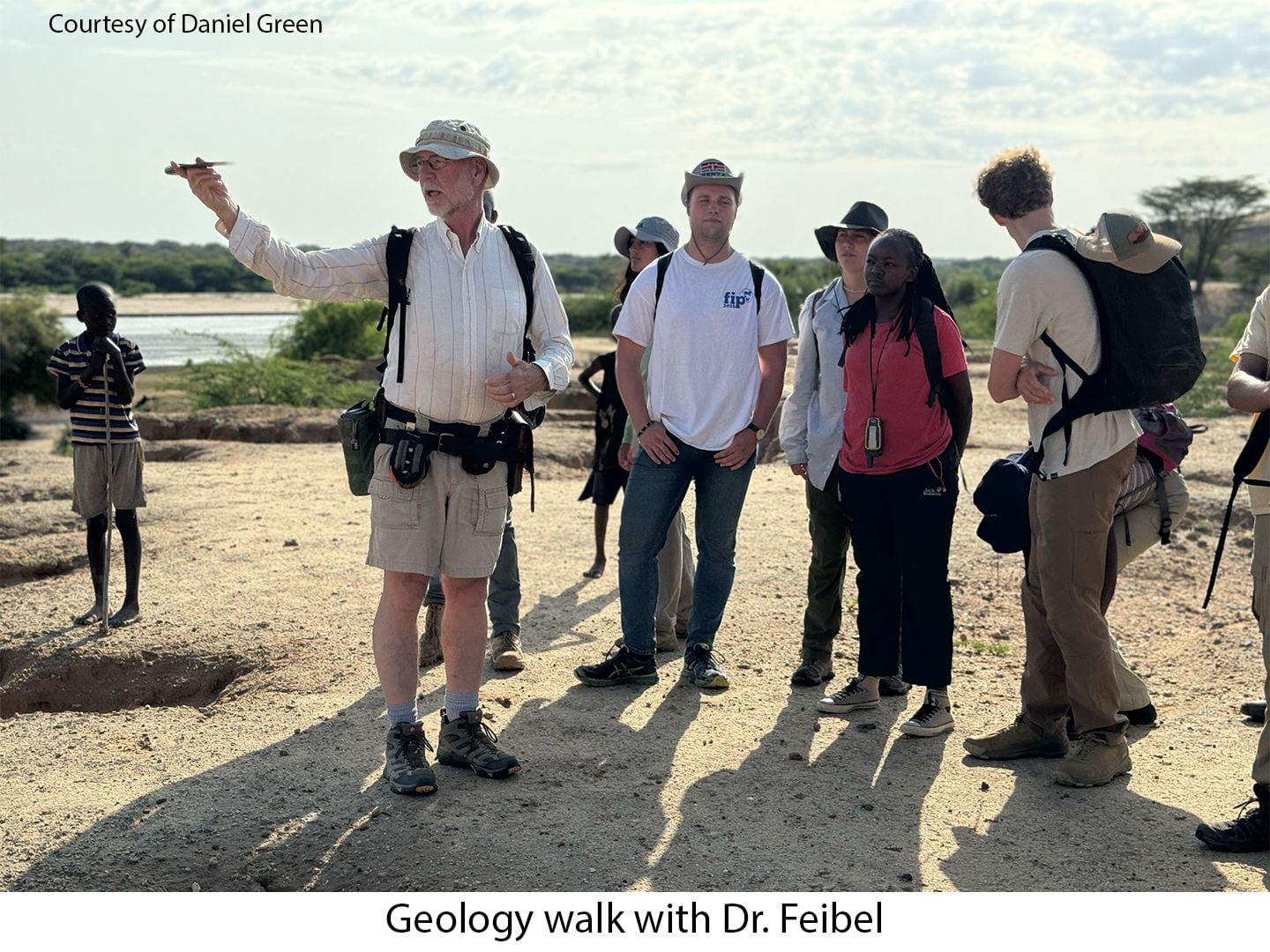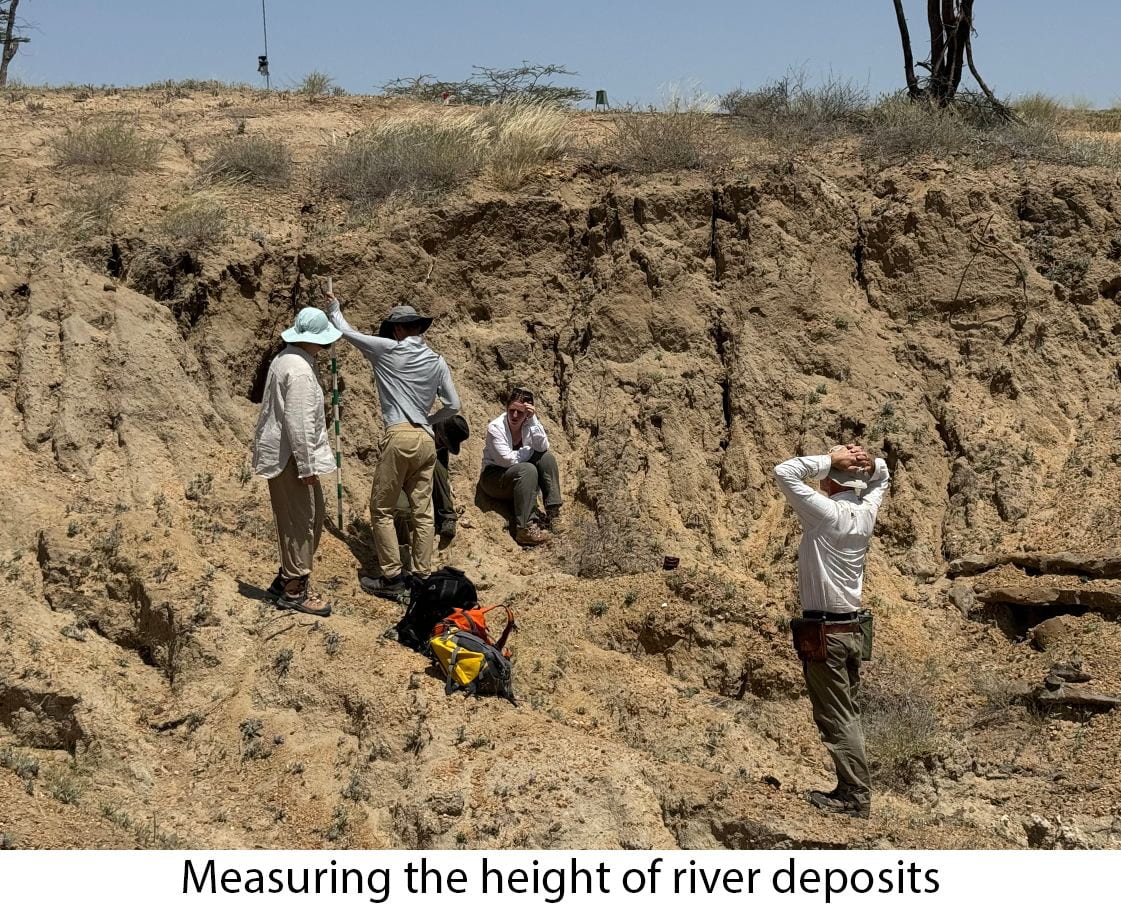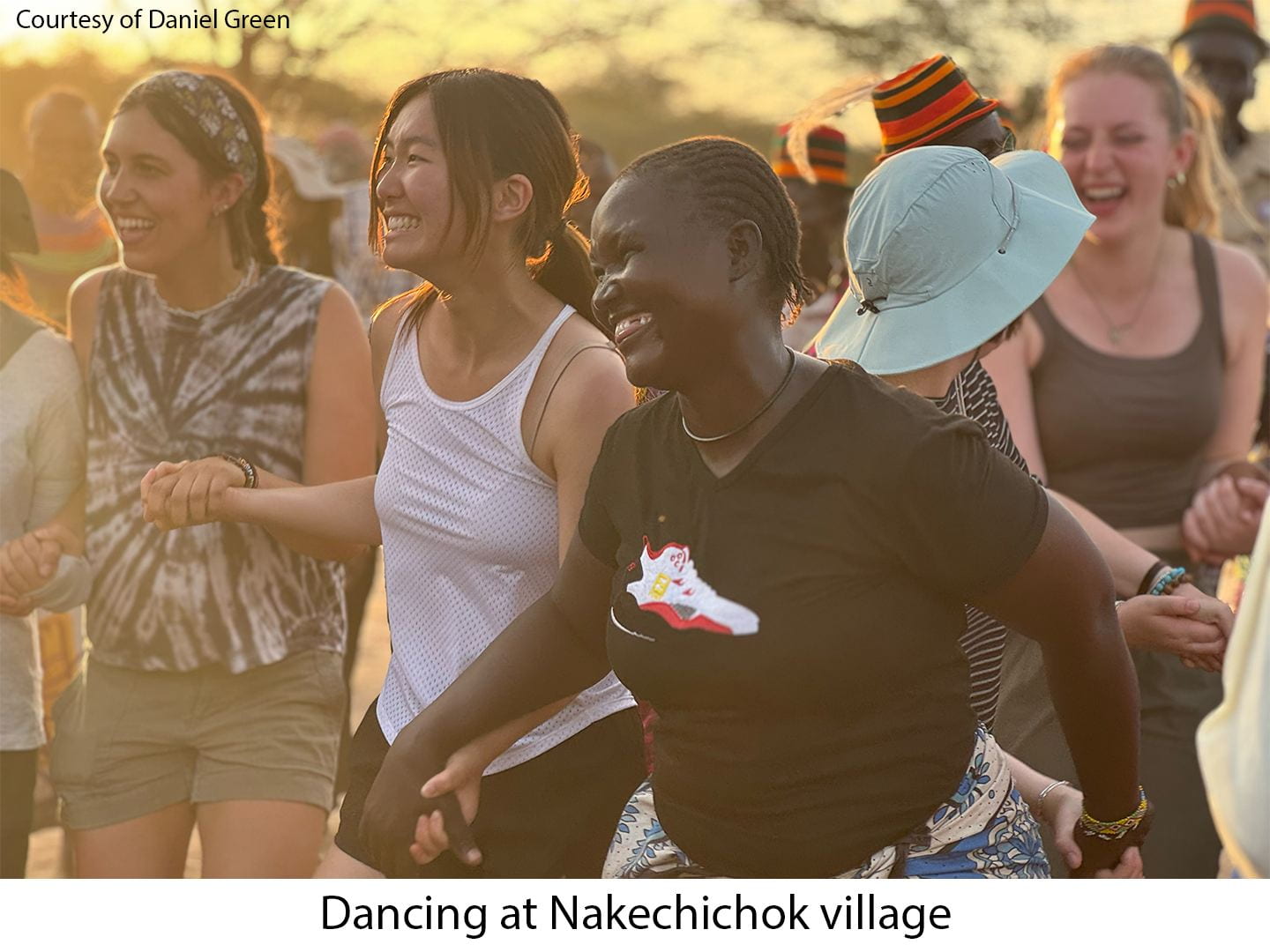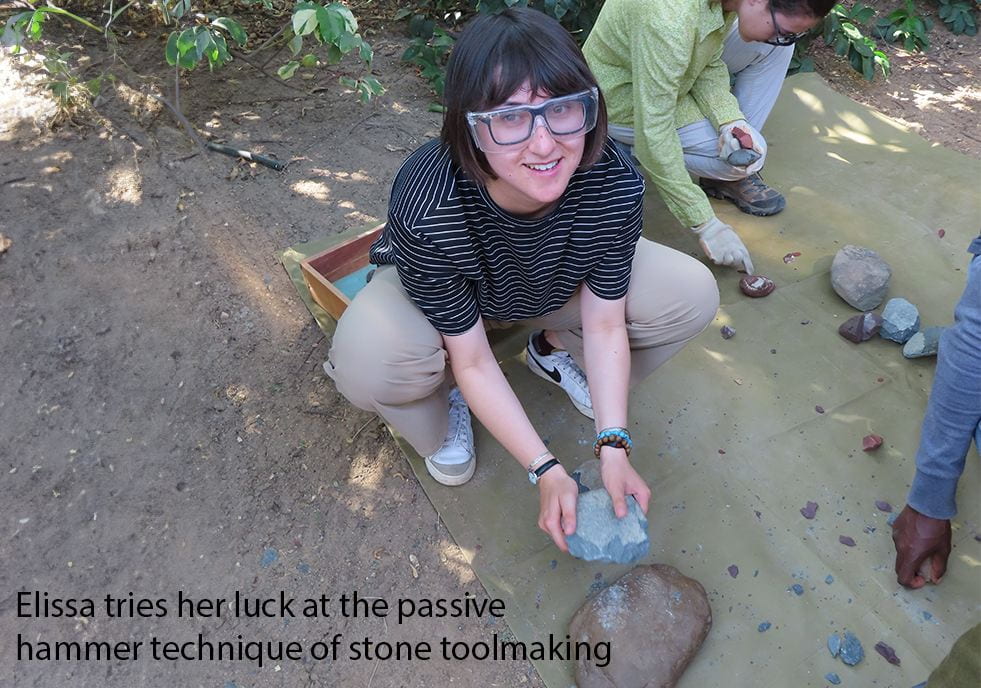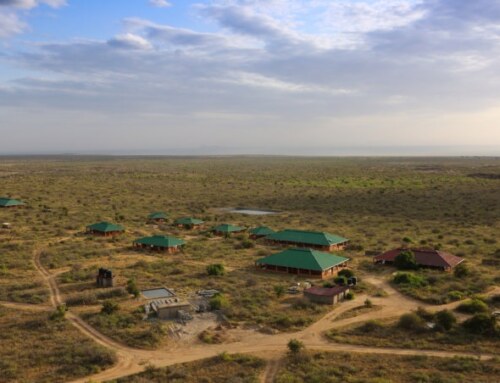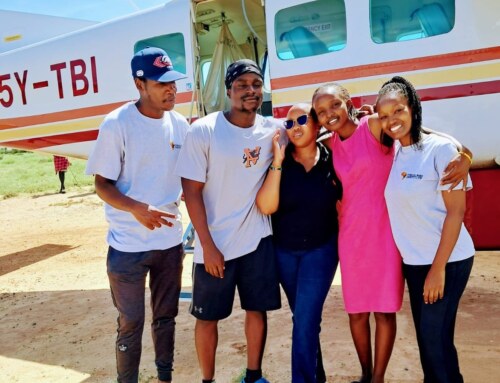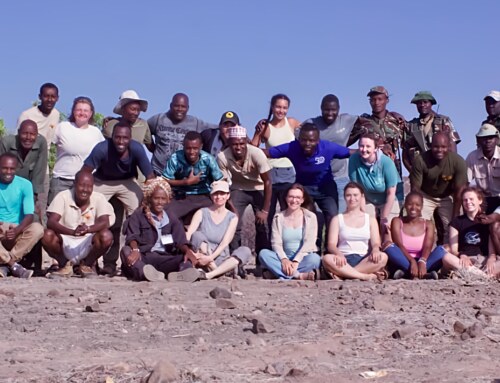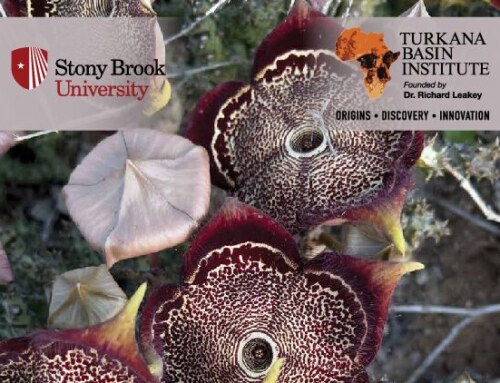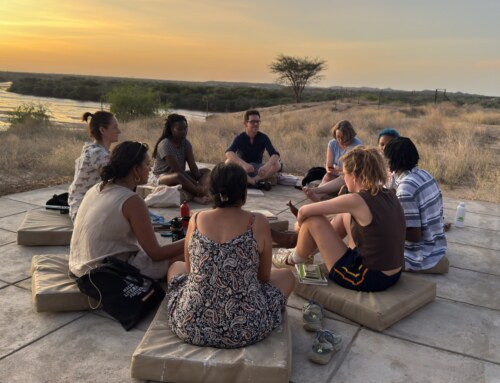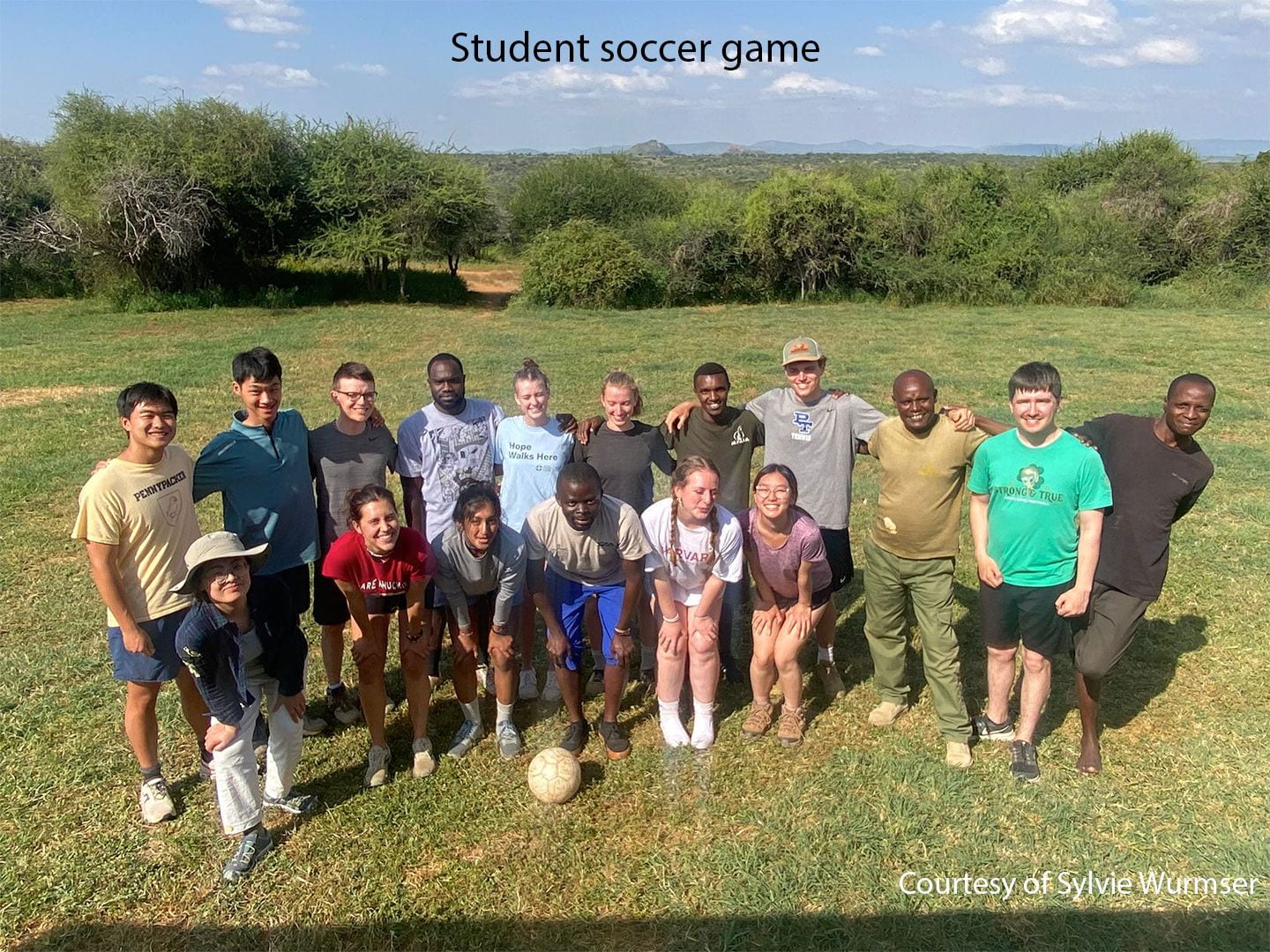
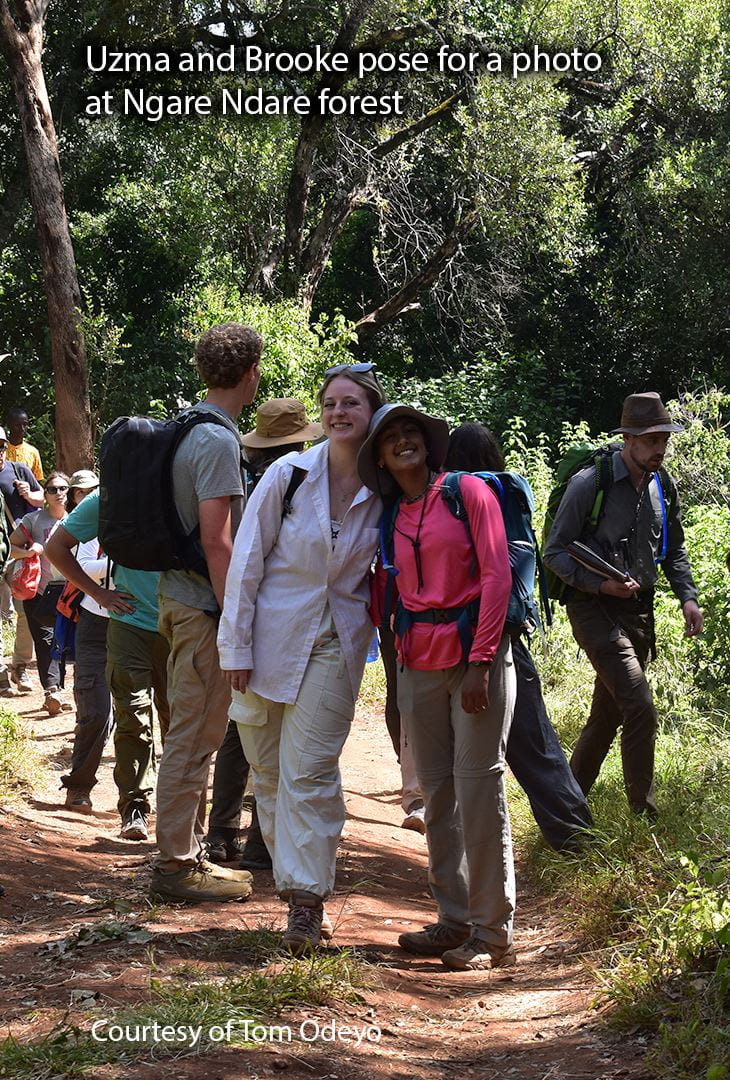
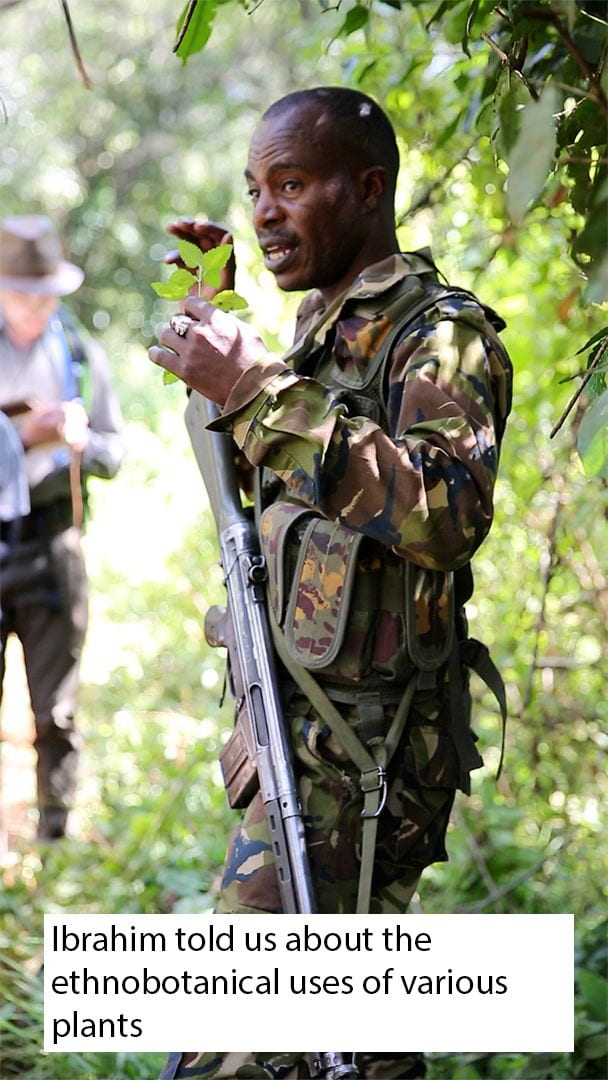
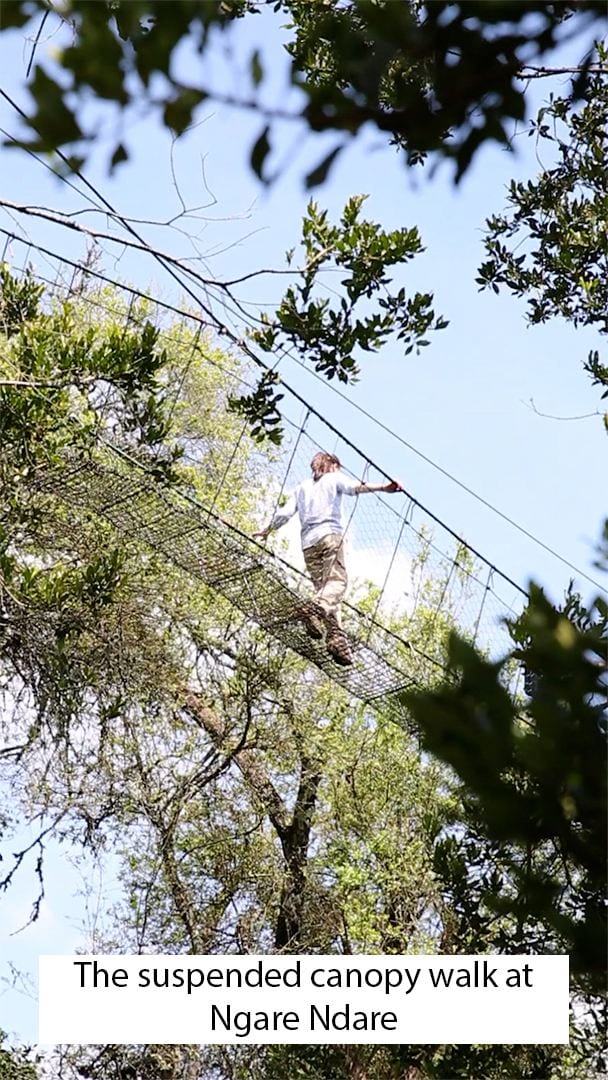
The third week began with a rest day on Sunday, June 16th. Students practiced Swahili with Duncan over lunch and organized a soccer match in the afternoon. On Monday, we left camp early for a trip to Ngare Ndare forest, which is about two hours away by car. The forest is a protected habitat where students can experience a diverse range of flora and fauna, and Ibrahim, our guide, told us about various plants and their ethnobotanical uses throughout the hike. We hiked to a waterfall and then to a pool for lunch, where we were joined by two scientists from North Carolina who told us about their research and how they collect water samples and tree cores. We then visited a suspended canopy walk, which gave us a spectacular view of the forest below. We got back to Mpala in the afternoon, and students had time to work on their group projects, which they would be presenting the following day.
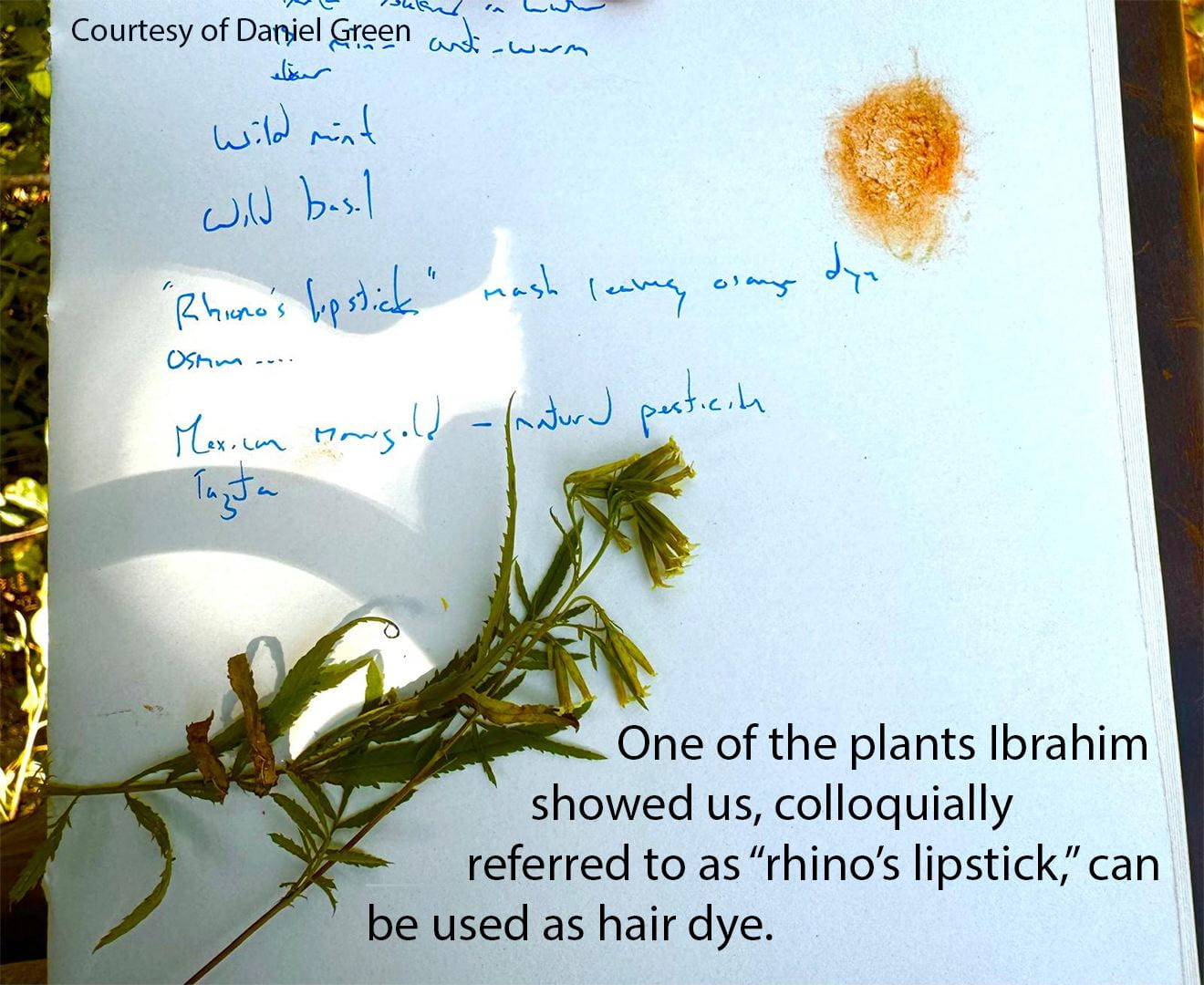
Tuesday began with the students’ last Swahili class, which was followed by a lecture by Dr. Green on global warming. We learned about international treaties and agreements, including the UNFCCC, The Kyoto Protocol, and the Paris Agreement, which aim to reduce global emissions. After a quick tea break, the class reconvened for a discussion about the assigned readings. The rest of the day, save for an optional afternoon lecture by Dan Rubenstein about how zebras got their stripes, was devoted to student projects, the presentation of which began at 6:00pm.
The first group consisted of Ben, Elisabeth, Sylvie, Maggie, Danny, Sam K., and Wenli. Their goal was to test water quality, which they predicted would vary based on the presence or absence of hippos or livestock. The group tested their water samples for pH, electrical conductivity, and suspended solids, and they collected samples from a livestock pool, a pool near a river bridge, and a hippo pool. They found that hippos do not have a significant impact on isotopes in the water.
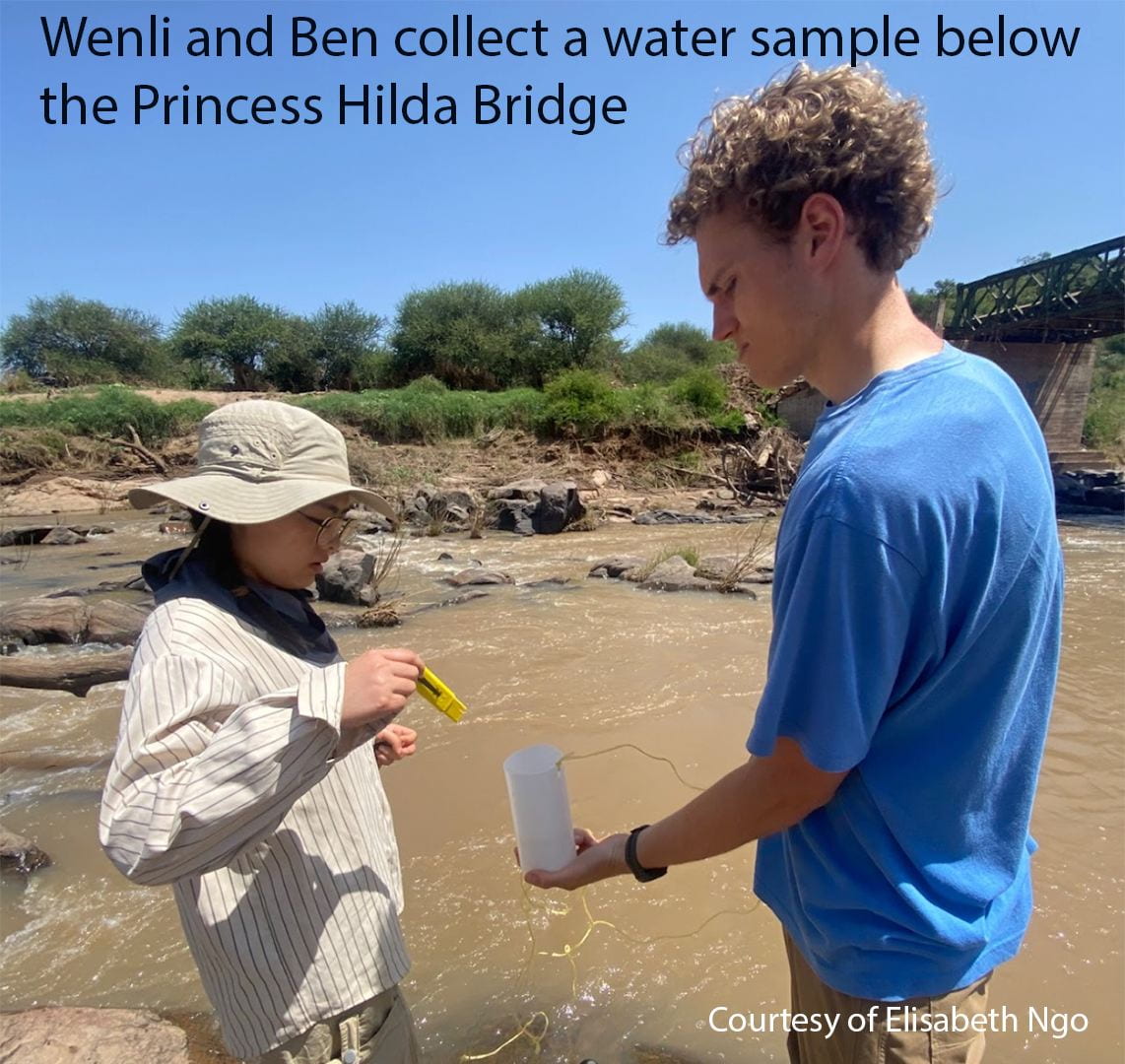
Group 2, consisting of Tom O., Asher, Maluku, Brooke, and Muthoni, set out to investigate the breathing patterns of hippos, which they observed in the field and through review of a 24/7 livestream that captured the animals’ behavior. They were curious about the factors that affect hippo breathing patterns, including the potential impacts of hippo age and sex, the outside temperature, and whether or not a predator (a human, for example) was in the presence of the hippos. During their data collection, they categorized hippos as baby, juvenile, and adult, and they took note of how much time each hippo group spent above water. Using Python to visualize their data, they found that younger hippos spend more time above water. In the presence of a threat, babies and juveniles spend less time above water, but adult breathing patterns stay about the same. Hotter temperatures led to more time below water for all age groups.
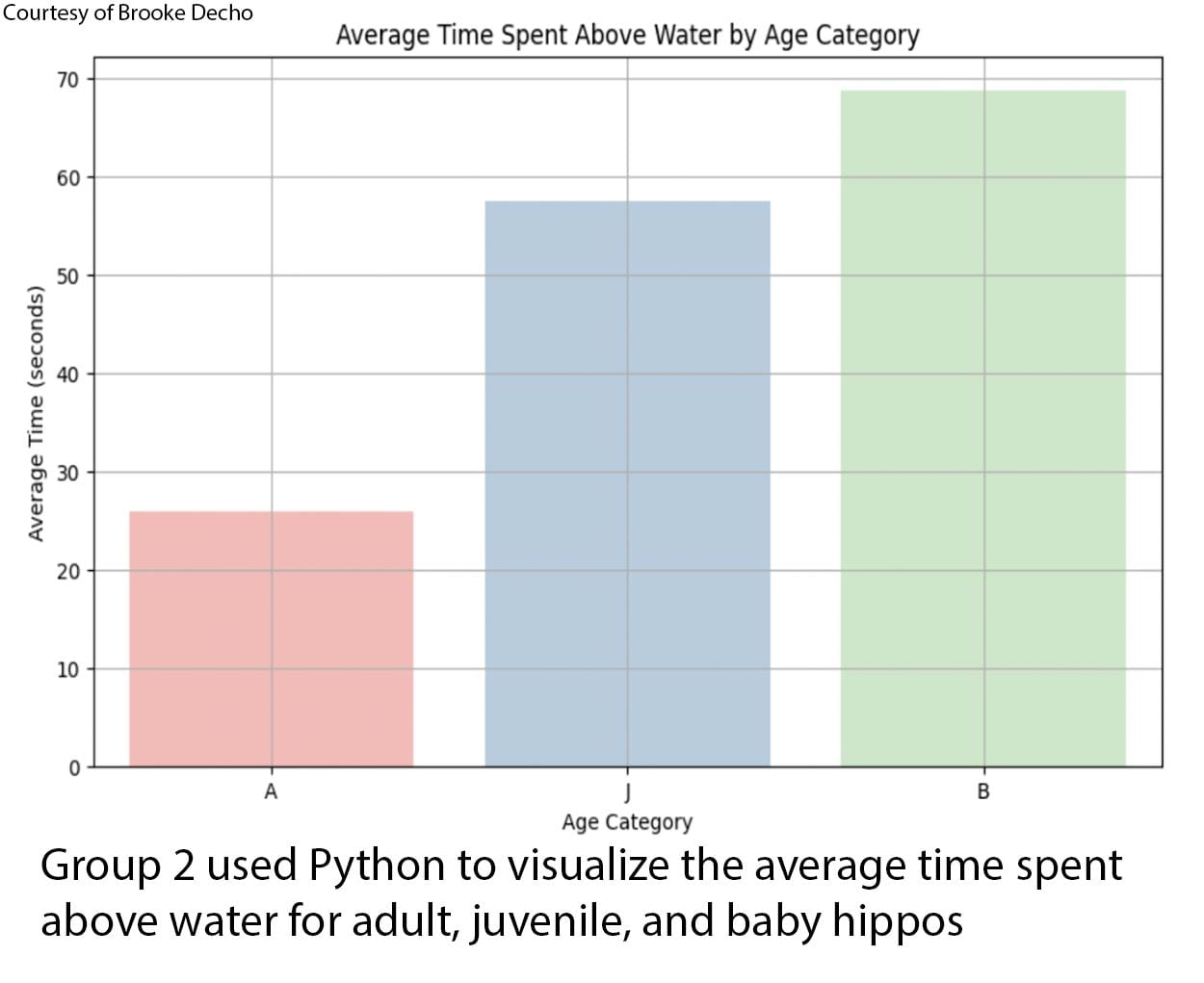
The third group, made up of Lily, Uzma, Sam C., and Tom I., wanted to compare the behavior of dik-diks (small antelopes found in eastern and southern Africa) within and outside of the Mpala Research Center. After observing that dik-diks living in the center seemed friendlier, they hypothesized that those inside the camp would spend less time being vigilant, live at higher population densities, and be less prone to parasites (because chronic stress can weaken an organism’s immune functions). Using dik-dik feces and preorbital gland secretions as a proxy for population density, they found that the density of feces was very similar within and outside of the research center, but the density of preorbital gland secretions was much higher outside of the center. Dik-diks use preorbital gland secretions to mark their territory, so this suggests that those outside of camp are more concerned with territoriality. By observing individual dik-diks for 15 minutes each, they noticed that dik-diks inside the camp spend more time engaging in passive activities like grazing, while dik-diks outside of the camp spend more time being vigilant. The group also collected samples of dik-dik feces from both localities and found a greater occurrence of fecal parasites outside of the camp, which supports their original hypothesis about the biological toll of chronic vigilance.
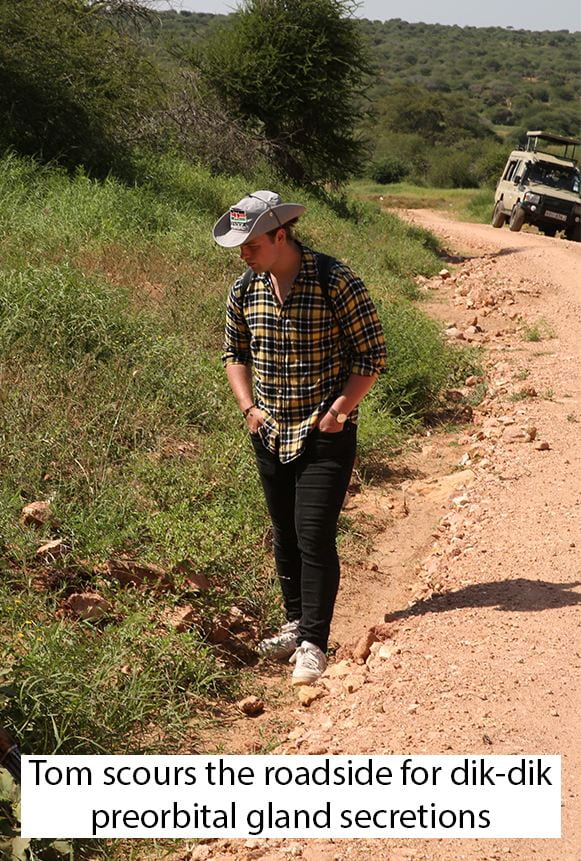
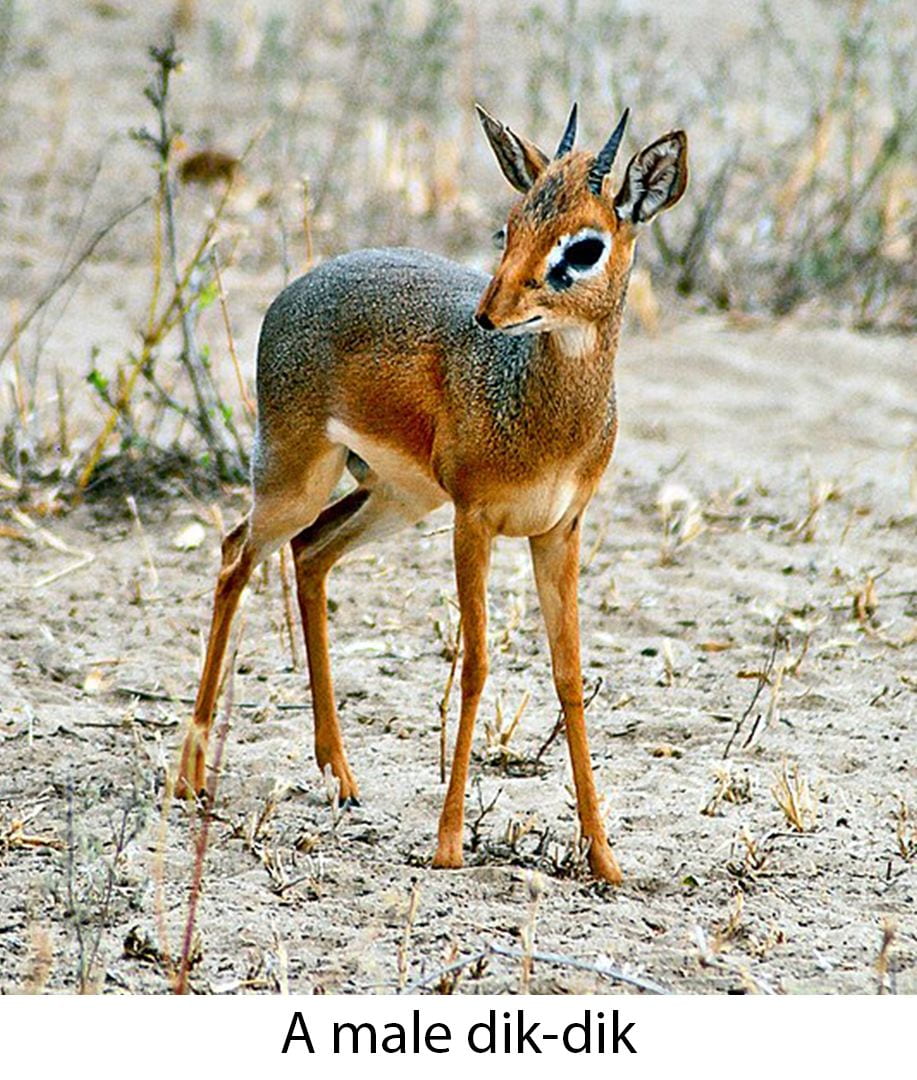
On the morning of June 19th, we packed up our things and departed the Mpala Research Center, where the group had spent a total of two weeks. We stopped at Nanyuki and transferred from three cars to one bus, which would take us about 3.5 hours south to Nairobi. On the way down, we stopped at a gift shop, where prices were initially exorbitant but ultimately negotiable.
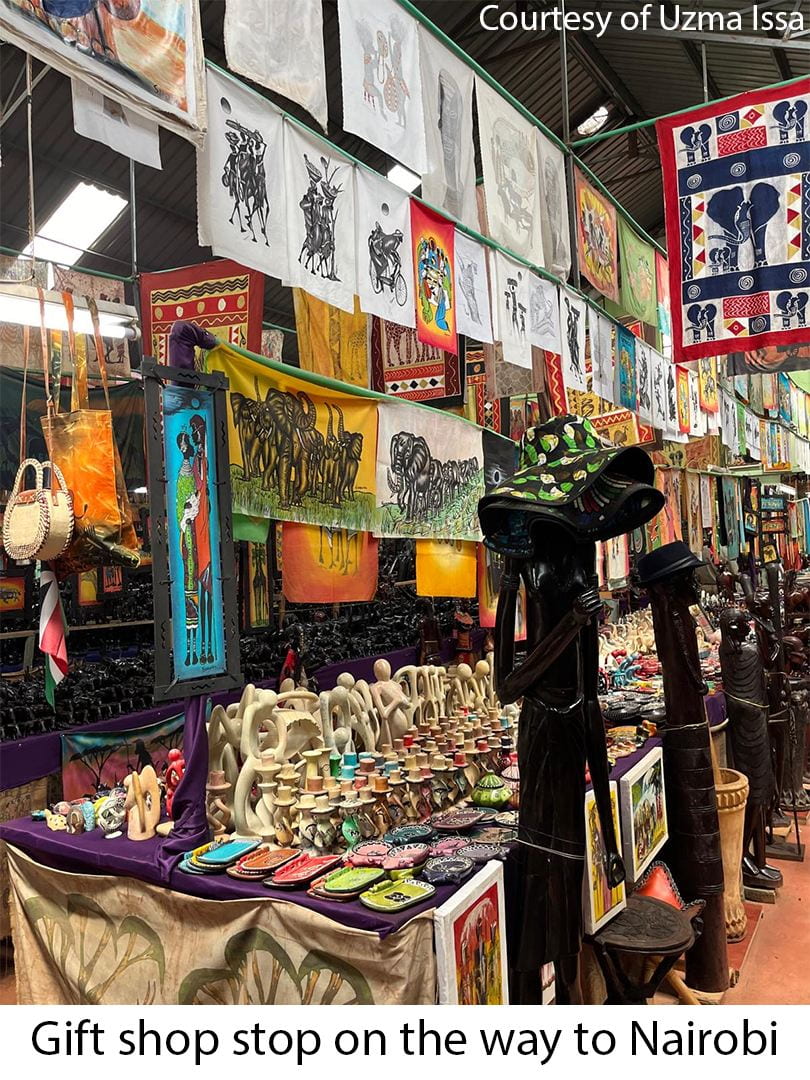
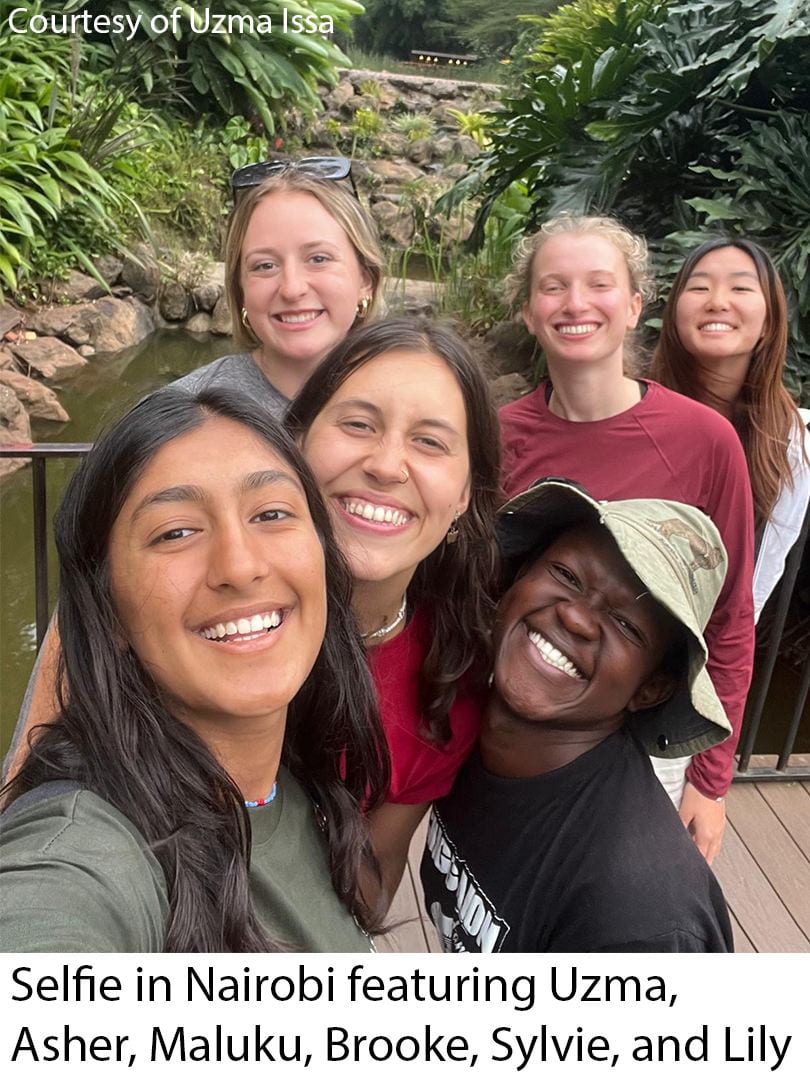
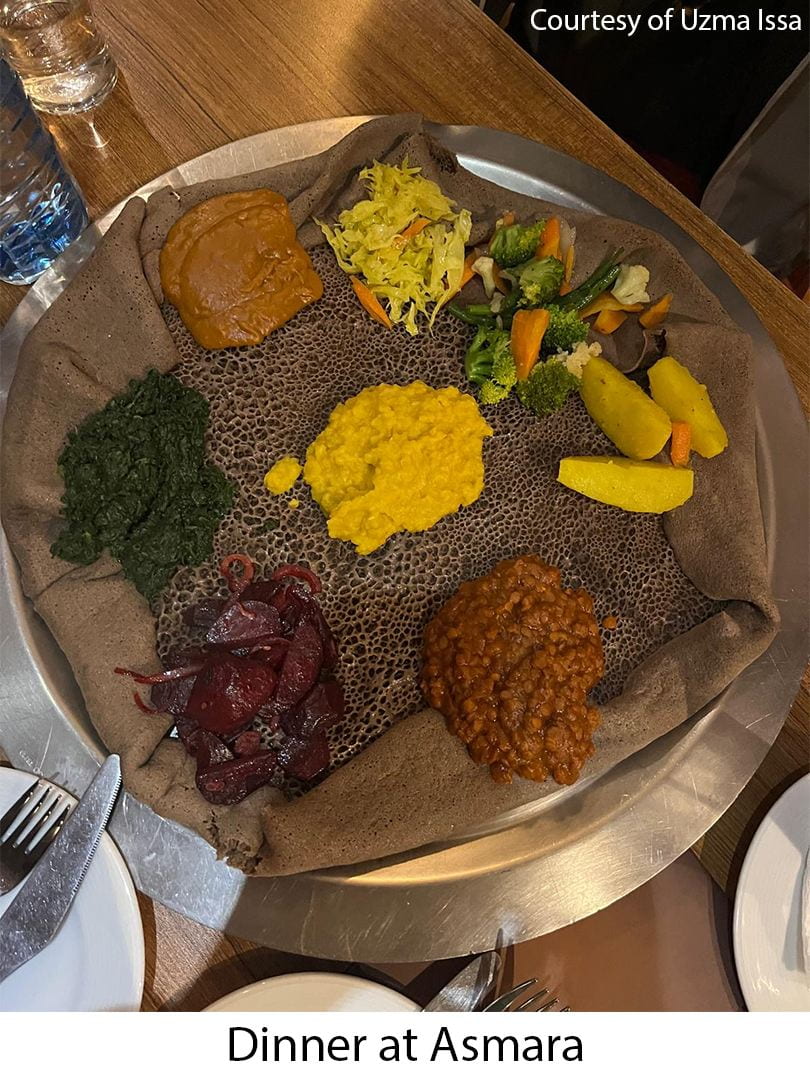
In the afternoon, we arrived at an Indian restaurant called Mayura. There, we met Egyptology Harvard PhD student Elissa Day, who would be joining our program for 10 days as both a student and a lecturer. There was some time that afternoon to explore a local mall and re-stock on supplies before having dinner at Asmara, an Ethiopian restaurant. Then we went back to the Wildebeest EcoLodge for the night, and the next morning we left for the airport at 5:00am.
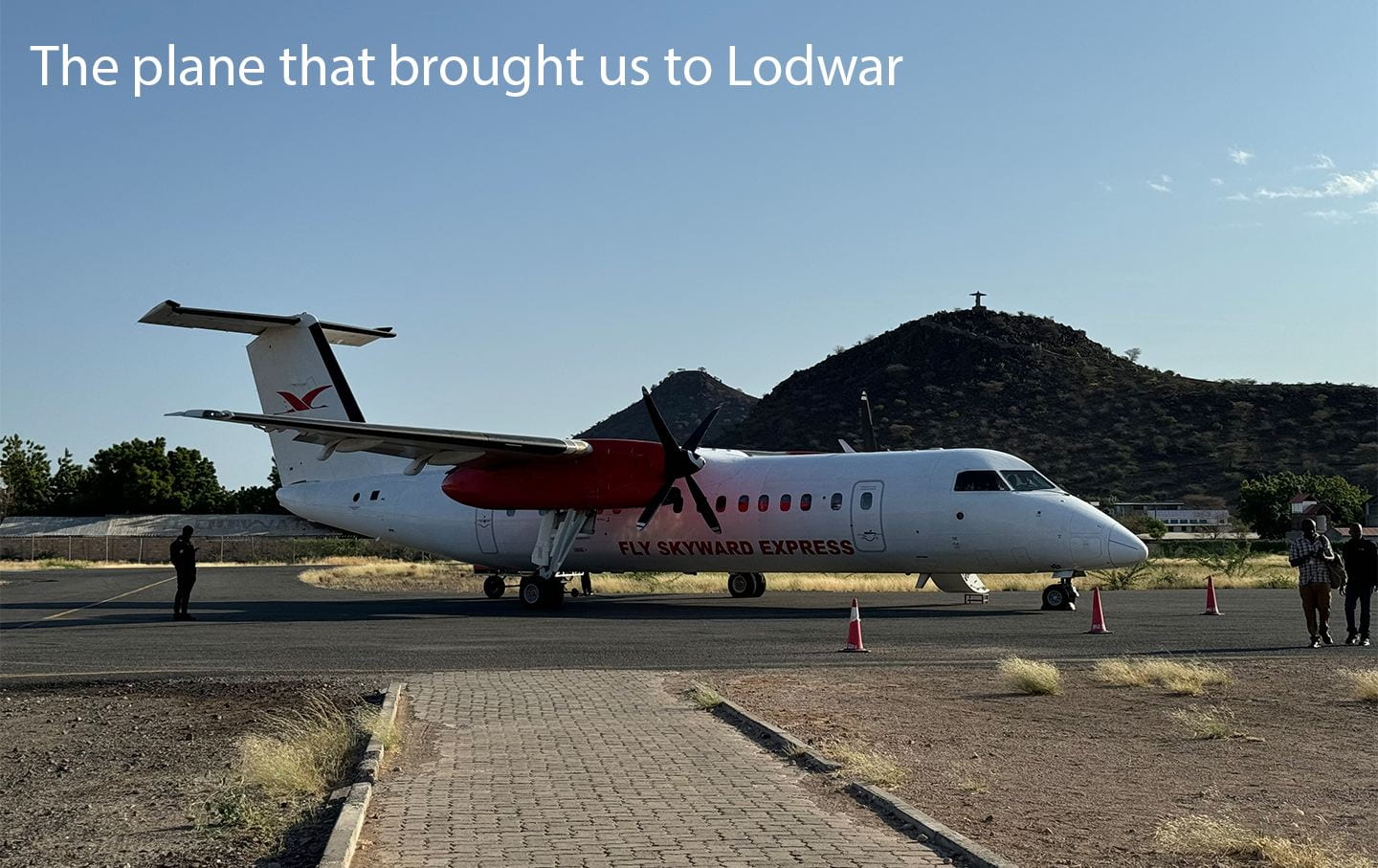
The plane brought us to Lodwar, a town of about 80,000 located on the western side of Lake Turkana. From there it was a quick drive to the Turkana Basin Institute’s Turkwel Facility, located near Nakechichok village on the Turkwel River. The staff warmly welcomed us and served us breakfast, and then students had time to unpack before lunch.
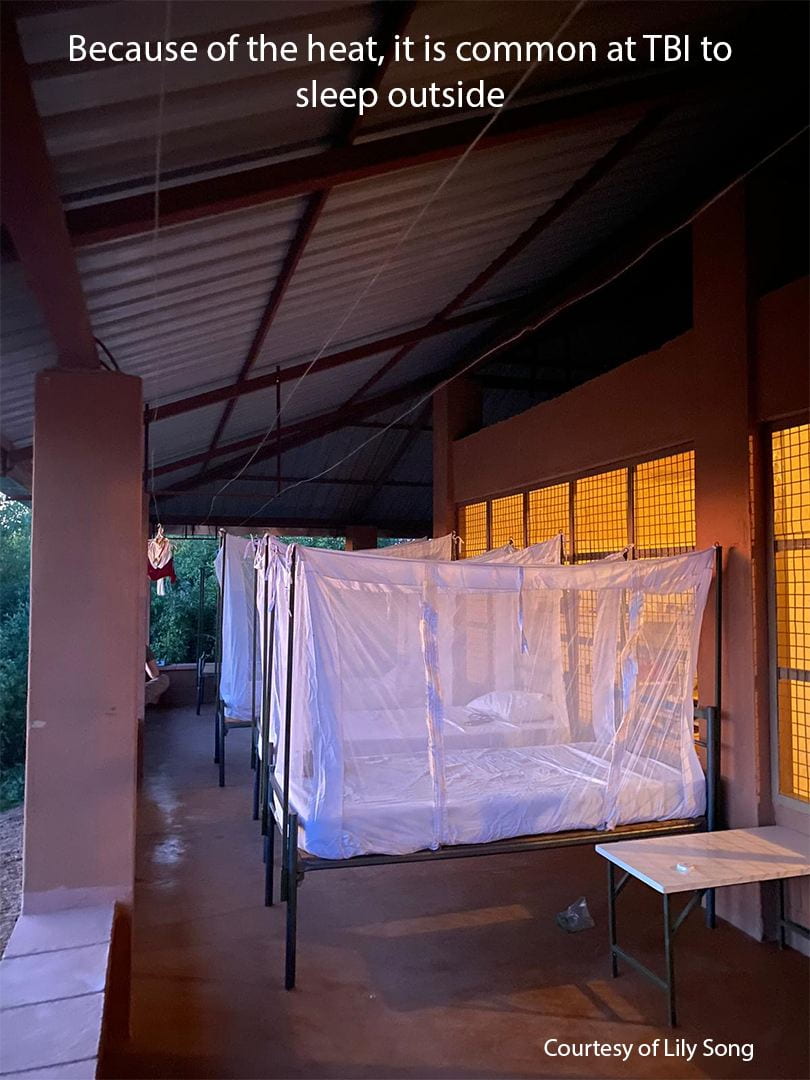
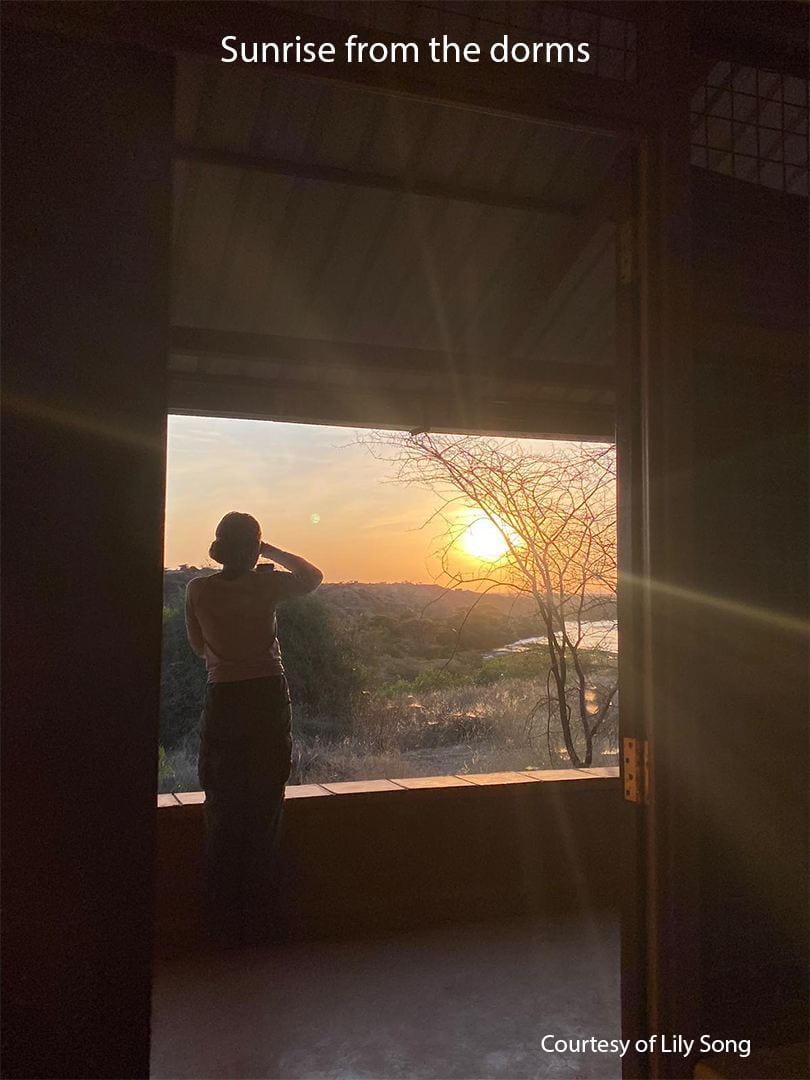

At 4:00pm, we reconvened in the dining area for a safety orientation by Dr. Green and Kyalo (pronounced Chalo), the general manager of the facility. The climate here is very dry and hot, so the recommended water intake for a full, active day in the field is 5 liters. After the safety talk, we were given a tour of the vegetable gardens that TBI maintains and uses the produce from for our meals. On the way to the shore of the Turkwel River, we walked through a butterfly-filled forest that felt ethereal. Dr. Craig Feibel, a geologist who has been working in this area for many years and who would be leading us through a module on geology, accompanied us for the walk and pointed out some interesting sediments. Dinner at the facility is served at 7:30pm.
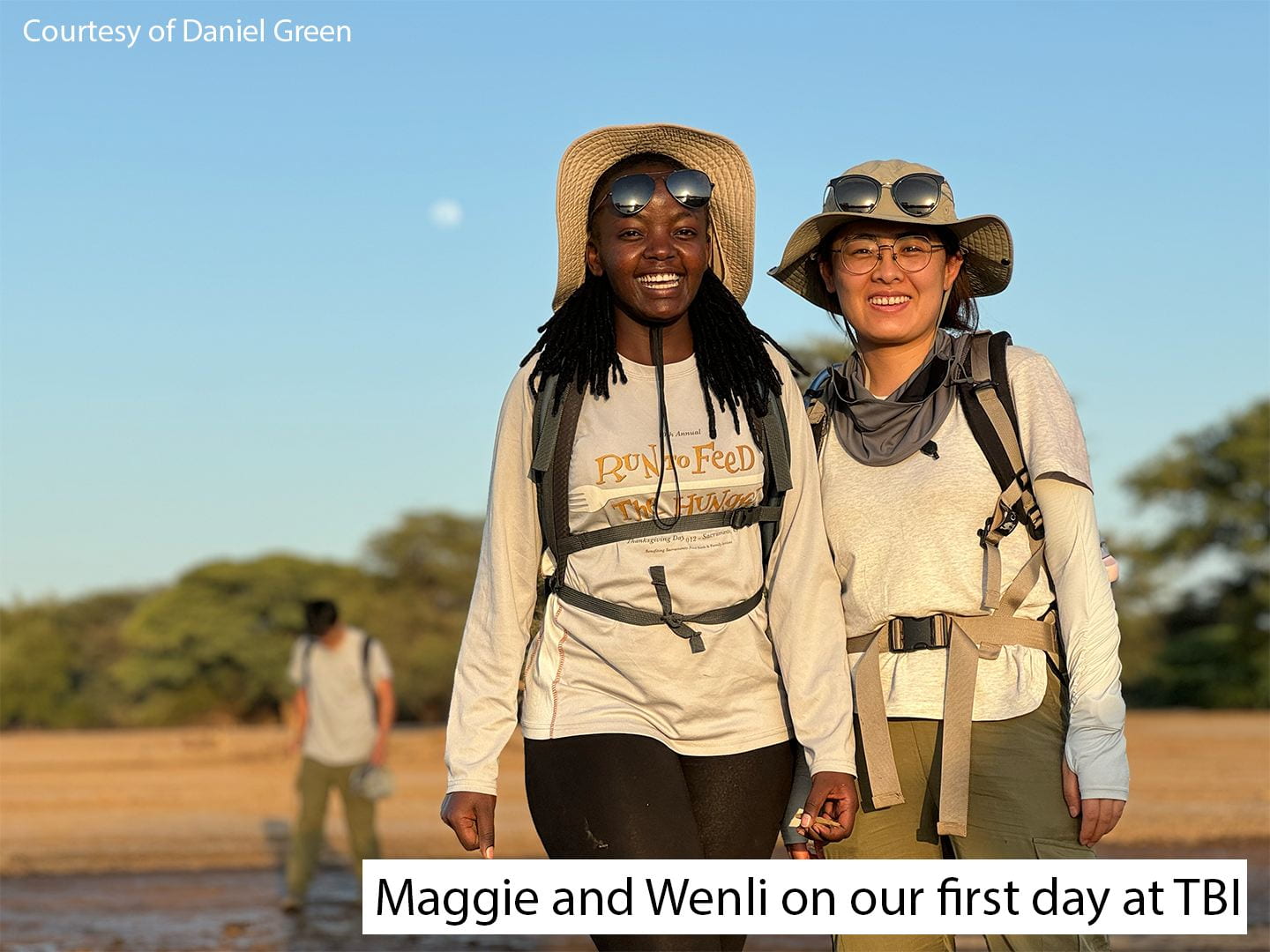
Friday, June 21st, began with breakfast, which is available here as early as 6:30am, before it gets too hot outside. The first lecture of the day was given by Boniface Korobe, an anthropologist who specializes in the Turkana people. We learned about some of the beliefs and values that characterize Turkana culture, as well as some handy phrases and greetings. Later in the morning, Dr. Green gave a lecture and led a discussion about climate change over the past 65 million years and how some animals have adapted to the increased availability of C4 grasses afforded by a more arid climate. After a discussion of the readings, students had a break for lunch, and then we reconvened in the afternoon for a geology lecture by Dr. Feibel. Around 3:00pm, we headed out to meet a group of local men and boys for a goat roast. Emmanuel and Boniface gave talks in Turkana, and after the meat was cooked, it was distributed among the group. Students had the opportunity to speak with Emmanuel, a Turkana native, throughout the experience, and his insights enhanced our understanding of the local culture. We returned to the main camp around 6:30pm.
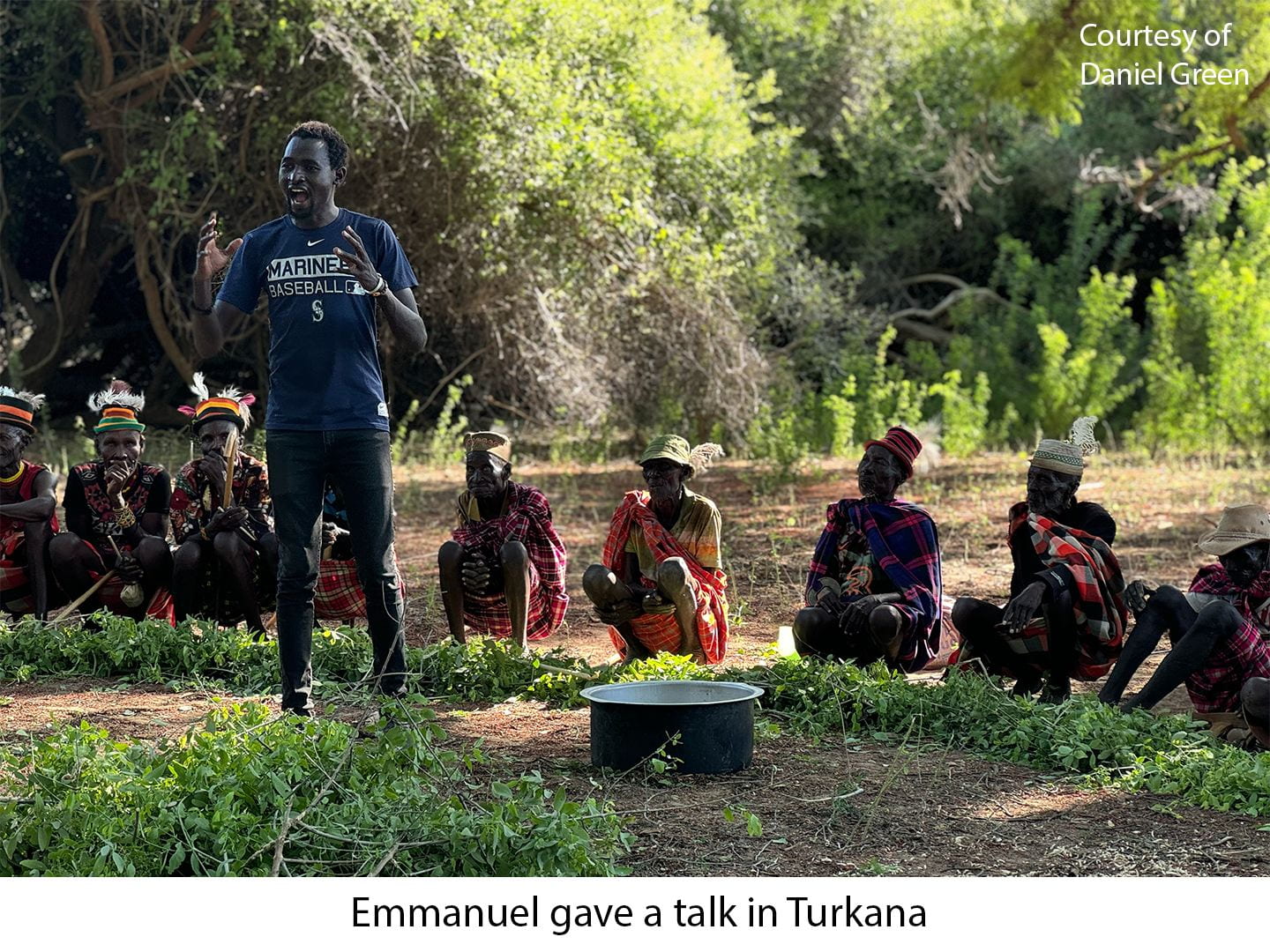
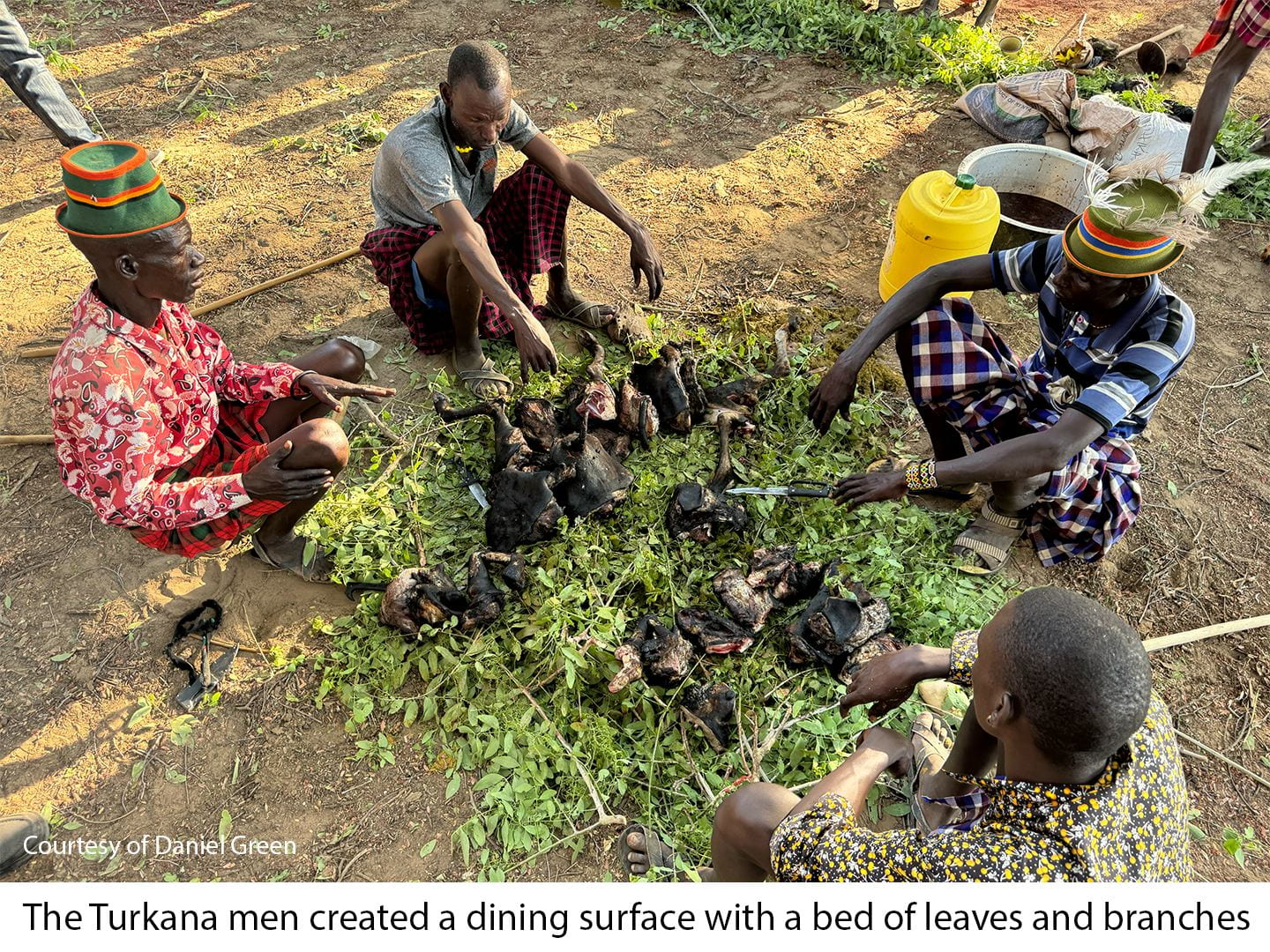
On Saturday, we went out with Dr. Feibel for a geology walk around TBI in the morning, and after a quick tea break, we were divided into groups to measure the height of river deposits in a process called geological leveling. After lunch, we were led through a stone toolmaking exercise by Medina, who showed us multiple stone toolmaking techniques used by early hominids. Later, the group ventured out to Nakechichok village for a dancing event with the local people, some of whom wore bells on their legs that rang when they jumped.
